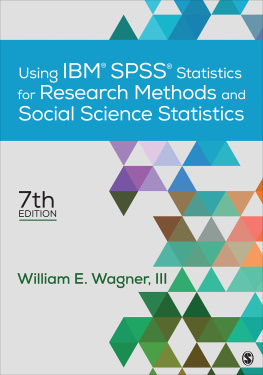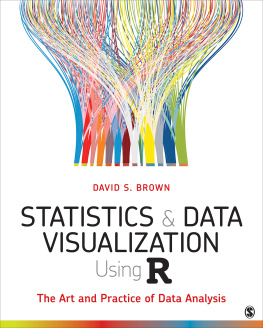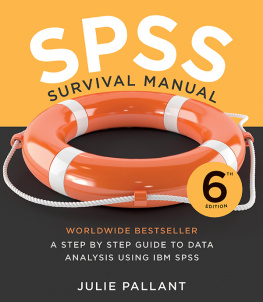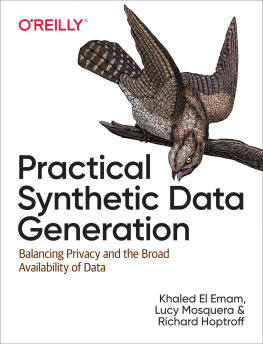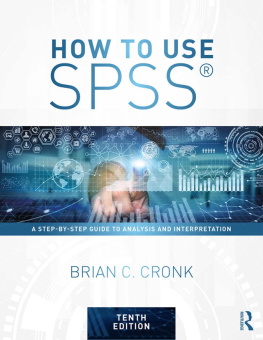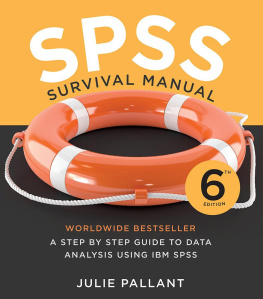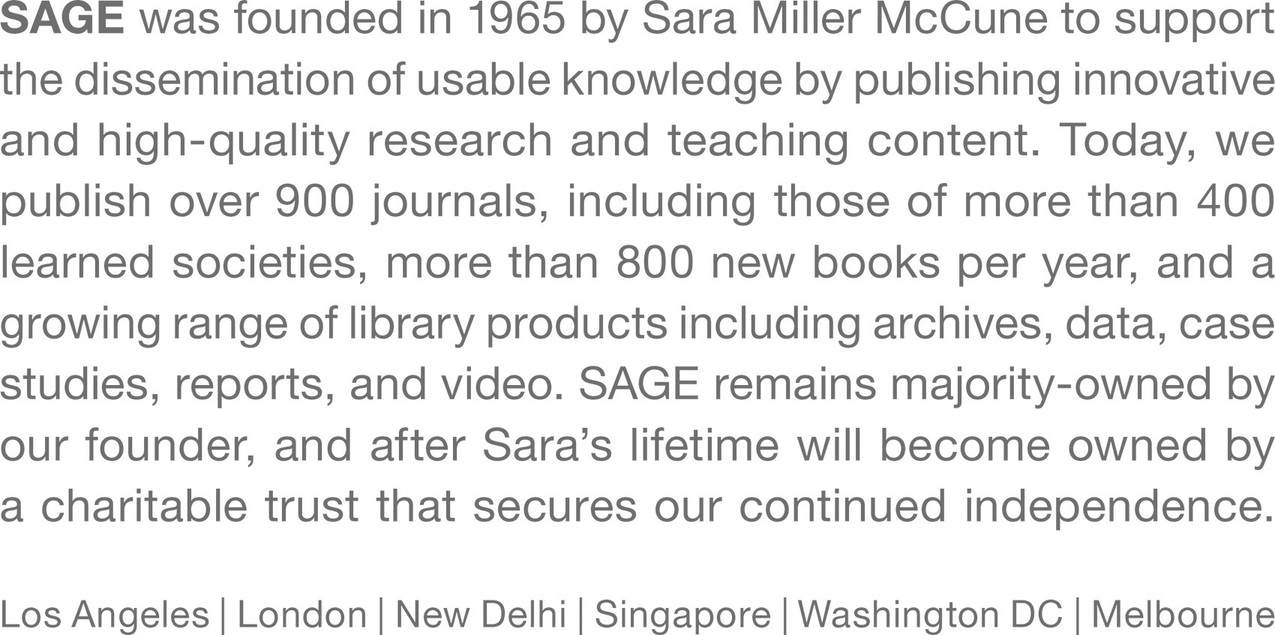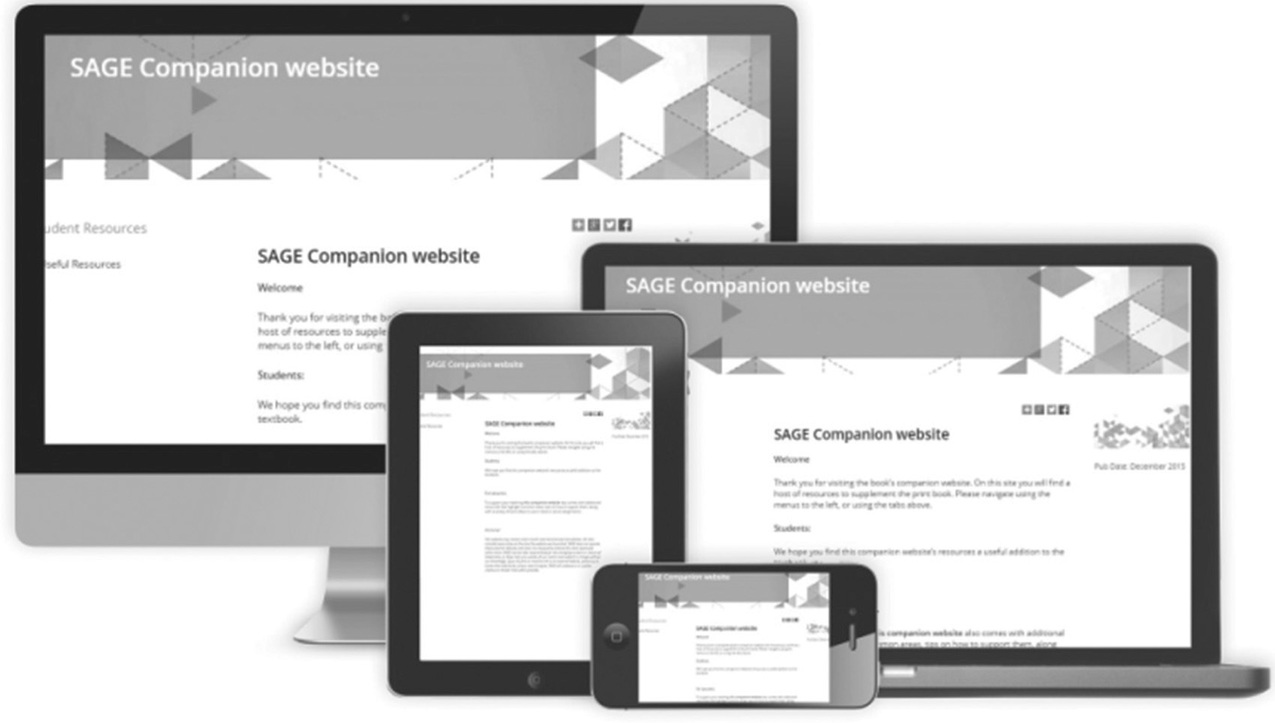SAGE Publications Ltd
1 Olivers Yard
55 City Road
London EC1Y 1SP
SAGE Publications Inc.
2455 Teller Road
Thousand Oaks, California 91320
SAGE Publications India Pvt Ltd
B 1/I 1 Mohan Cooperative Industrial Area
Mathura Road
New Delhi 110 044
SAGE Publications Asia-Pacific Pte Ltd
3 Church Street
#10-04 Samsung Hub
Singapore 049483
John MacInnes 2017
First published 2017
Apart from any fair dealing for the purposes of research or private study, or criticism or review, as permitted under the Copyright, Designs and Patents Act, 1988, this publication may be reproduced, stored or transmitted in any form, or by any means, only with the prior permission in writing of the publishers, or in the case of reprographic reproduction, in accordance with the terms of licences issued by the Copyright Licensing Agency. Enquiries concerning reproduction outside those terms should be sent to the publishers.
Library of Congress Control Number: 2016944792
British Library Cataloguing in Publication data
A catalogue record for this book is available from the British Library
ISBN 978-1-4462-8576-3
ISBN 978-1-4462-8577-0 (pbk)
Editor: Mila Steele
Assistant editor: John Nightingale
Production editor: Ian Antcliff
Copyeditor: Richard Leigh
Proofreader: Thea Watson
Marketing manager: Sally Ransom
Cover designer: Shaun Mercier
Typeset by: C&M Digitals (P) Ltd, Chennai, India
Printed in the UK
Companion Website
An Introduction to Secondary Data Analysis with IBM SPSS Statistics is more than just a book. Youll see that throughout, I urge you to get on and do analysis as the best way to learn about it. To help you do that, the book is supported by a wealth of online material to help you become a proficient secondary data analyst. Visit the SAGE companion website at https://study.sagepub.com/macinnes to find a range of free tools and resources that will enhance your learning experience.
These include:
- -A series of step-by-step video-tutorials, in which I show you exactly how to use the IBM SPSS software to prepare and analyse secondary data. These videos correspond to the data analysis techniques covered in the book, so its really helpful to use the book and the website together
- -A Microsoft Excel file containing a confidence interval calculator, a helpful tool you can use with SPSS to find the margin of error of sample data
- -SPSS syntax files which will enable you to perform the analytical techniques covered in the book and help you to answer the exercises at the end of each chapter
- -Weblinks to all sorts of other useful SPSS learning resources, such as videos on all the main commands available in SPSS, and guides to a range of useful data sources from national data archives and international organisations such as the UN, the World Bank, the OECD, Eurostat and many others
Good luck!
John MacInnes
About the author
John MacInnesis Professor of Sociology at the University of Edinburgh. He has been teaching students quantitative methods and data analysis for 30 years. He has been Strategic Advisor to the UK Economic and Social Research Council on Quantitative Methods Training and currently advises the British Academy on quantitative skills, the UK Q-Step programme on statistics pedagogy and researches on statistics anxiety for the ESRC National Centre for Research Methods. He is a Fellow of the Academy of Social Sciences and the Royal Statistical Society. His own research and publications range over population ageing and demographic change, gender identity, national identity and the sociology of industry.
Acknowledgements
Individual authors might write books, but they come from the collective effort of many people. My first debt is to my students who have taught me what works well or not so well in teaching and learning data analysis. My second debt is to my colleagues at the University of Edinburgh. Its unfair to single out individuals, but I will: Lindsay Paterson has been a constant source of enlightenment and encouragement. My third debt is to all those who have been busy trying to improve the standard of quantitative skills in UK social science over the last decade. The Nuffield Foundation, Economic and Social Research Council, and Higher Education Funding Council for England, and the passionate commitment of Linda Alebon, Sarah Lock, Rachel Tyrrell, Sharon Witherspoon and others who made Q-Step possible. Ive had a wonderful editorial and production team at Sage: Ian Antcliff, Katie Metzler, John Nightingale, Alysha Owen, Mila Steele and their colleagues. Their professionalism has been exceeded only by their patience. I tell students that mistakes are fine when they are learning data analysis, the trick is to learn from them. There are probably a few still lurking in this book. If you find one, do let me know.
Secondary Data Analysis The Evidence Is Out There
Introduction
There is a vast and ever growing amount of easily accessible data available for analysis on almost any topic in the social sciences. It can be used to get some sense of the dimension of an issue, or for a more thorough and careful analysis that will take a good deal more preparation and time.
The internet has made secondary data analysis much easier, and the basic skills needed to get started are simple. However, there also are all kinds of challenges to getting the most out of empirical evidence, so that there will always be new and more powerful data analysis skills to learn.
1.1 What is Secondary Data Analysis?
A simple philosophy lies behind this book: that data analysis is something best learned by doing it. Curiosity and a capacity to be intrigued by empirical evidence are your most important resources. Youll build up your knowledge and expertise as exploring the data leads you to ask new questions and discover the technical skills you need to answer them.
Secondary data analysis simply means using evidence, usually quantitative, that someone else has collected and compiled. Many people imagine that secondary data analysis requires technical expertise that they dont have, that it takes time and skill to discover and access the relevant data or that the potential results dont justify the time invested in obtaining them. All these notions may once have had some truth in them, but the development of the internet, computing power and software, alongside a tremendous rise in the number and diversity of social surveys, has revolutionised not only the amount and range of data available, but also how easy it is to access and use. You can now become a secondary data analyst, and access useful and powerful data, in a matter of minutes, as I invite you to do in .



